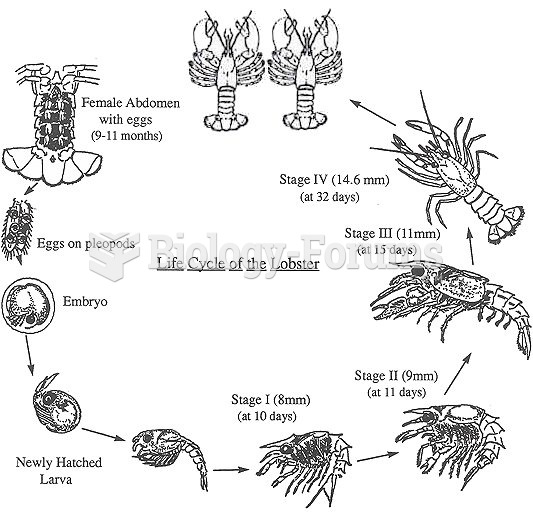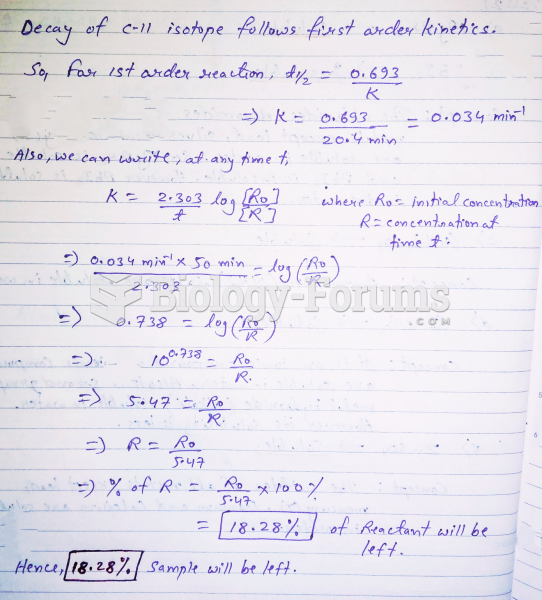Answer to Question 1
In medieval times, music was considered a scholarly pursuit and, as such, most major musical developments of the Early Middle Ages came out of the monasteries. These developments include notation, developed by Benedictine monks over several centuries.
Early church music took the form of unaccompanied monophonic chant. These chants were embellished with tropes and sequences. As more and more dramatic incidents were added to the texts for these Masses, fully fledged music-drama emerged. Eventually, liturgical plays broke away from the liturgy and were performed in the intervals between the parts of the Mass.
Later, polyphonic music (music consisting of two or more lines of melody) developed in the churches. The earliest polyphonic compositions consisted of Gregorian melodies sung in two parts simultaneously, with both voices moving note-for-note in parallel motion (parallel organum), or with a second voice moving in contrary motion (free organum), perhaps also adding many notes to the individual syllables of the text (melismatic organum). As medieval polyphony encouraged the addition of voices and voice parts, the choir areas of Gothic cathedrals were enlarged to accommodate more singers. Performed within the acoustically resonant bodies of cathedrals, the polyphonic Mass produced an aural effect as resplendent as the multicolored light that shimmered throughout the interior.
The motet was another form of religious music developed towards the end of the Middle Ages. It was a short, polyphonic choral composition based on a sacred text. Performed both inside and outside the church, it was the most popular kind of medieval religious song. Medieval motets usually juxtaposed two or more uncomplicated themes, each with its own lyrics and metrical pattern, in a manner that was lilting and lively. Motets designed to be sung outside the church often borrowed secular tunes with vernacular words.
Finally, instruments also became more important during this time, supporting both sacred and secular music. Medieval string instruments included the harp, the psaltery, and the lute (all three are plucked), and bowed fiddles such as the vielle and the rebec. Wind instruments included portable pipe organs, recorders, and bagpipes. Percussion was produced by chimes, cymbals, bells, tambourines, and drums. Instrumental music performed without voices accompanied medieval dancing.
Answer to Question 2
The Gothic cathedral reflected a shift of intellectual life from the monastery to the town. As the administrative seat (cathedra) of a bishop, the site of ecclesiastical authority, and an educational center, the cathedral served as an urban focal point, the center of town life. Physically dominating the town, its spires soaring above the houses and shops below, the cathedral attracted civic events, public festivals, and even local business. Its construction was usually a town effort, supported by the funds and labor of local citizens and guild members, including stonemasons, carpenters, metalworkers, and glaziers.






